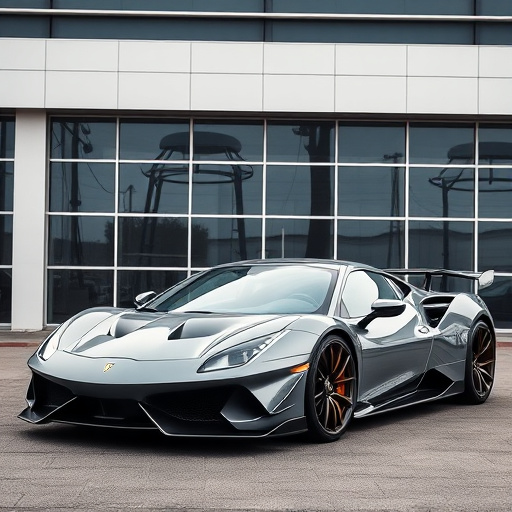When comparing air intake system prices, customization, material quality (metal vs plastic), complexity of design, brand reputation, and intended vehicle performance significantly influence cost. Conducting a thorough air intake system price comparison is vital for consumers seeking value. By analyzing brand standards, consumer expectations, material impact, and feature implications, buyers can make informed decisions balancing performance and budget. The market offers budget-friendly options for basic needs to high-end, performance-focused systems at premium prices, based on individual preferences and financial constraints.
In the market for an air intake system? Understanding the factors influencing prices and comparing options is crucial to maximizing your investment in performance and value. This guide breaks down the key drivers behind air intake system costs, from material quality to brand reputation. We explore the diverse price range, offering insights into budget-friendly choices versus high-end performances. By the end, you’ll be equipped with knowledge to make an informed decision that aligns with your specific needs and value expectations.
- Understanding Air Intake System Price Factors
- Market Analysis: Exploring the Price Range
- Maximizing Value: Budget-Friendly Options vs. High-End Performance
Understanding Air Intake System Price Factors

When comparing air intake system prices, it’s crucial to understand the various factors that influence cost. Unlike a simple online search for “air intake system,” each system is tailored to specific vehicle makes and models, which significantly impacts pricing. Material quality plays a significant role; metal components generally cost more than plastic ones. Additionally, complex designs with multiple parts will be pricier due to their intricate manufacturing processes.
Brand reputation and performance claims also affect prices. Premium brands often charge higher prices based on their established name and advanced technologies. Moreover, air intake systems designed for high-performance vehicles or those with specific engine requirements tend to be more expensive due to enhanced materials and engineering to ensure optimal airflow and power output.
Market Analysis: Exploring the Price Range

When conducting a market analysis, understanding the price range for products like air intake systems is crucial. This involves comparing prices across various brands and models to gain insights into industry standards and consumer expectations. By examining pricing trends, potential buyers can make informed decisions about their budgets and find the best value for money.
A thorough air intake system price comparison reveals a wide spectrum, with factors like brand reputation, material quality, and additional features significantly influencing cost. This allows consumers to weigh the benefits against the price tag, ensuring they get a fair deal that aligns with their requirements. Such analysis is vital in today’s competitive market, where understanding value propositions helps buyers navigate the complexities of different offerings.
Maximizing Value: Budget-Friendly Options vs. High-End Performance

When considering an air intake system, consumers often face a dilemma between maximizing value and prioritizing performance. Budget-friendly options are appealing due to their lower price tags, making them accessible to a wider range of buyers. These systems typically employ cost-effective materials and designs, focusing on basic functionality without the bells and whistles. While they may not offer the same level of performance as high-end systems, they can still significantly improve engine efficiency, resulting in better fuel economy and enhanced overall driving experience, all while remaining within tight budgets.
On the other hand, high-performance air intake systems command premium prices due to their advanced engineering, innovative materials, and targeted optimizations for maximum output. These systems often incorporate features like intricate filtration mechanisms, customizable settings, and sleek, aerodynamic designs. While they might not be suitable for all wallets, such investments can deliver noticeable performance gains, ensuring smoother power delivery, increased horsepower, and a more responsive driving experience. Ultimately, the choice between budget-friendly and high-end options depends on individual preferences, financial constraints, and desired performance levels.
When considering an air intake system, understanding the price range and factors that influence it is key to making an informed decision. By analyzing the market and comparing budget-friendly options with high-end performance, you can maximize your value. Remember, the right choice depends on your specific needs and financial constraints, ensuring you get the best return on your investment in terms of both performance and cost.














